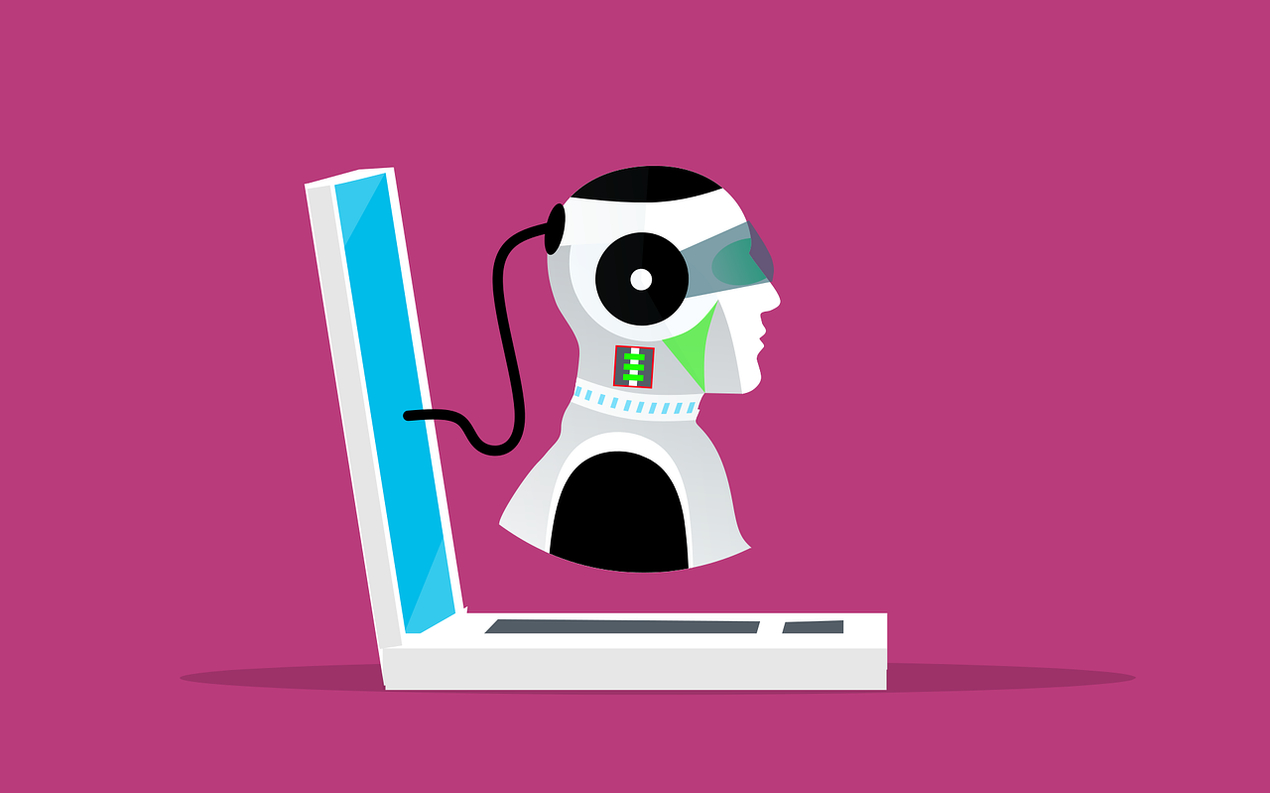
The Indian Supreme Court recently launched its first artificial intelligence-driven research portal, the Supreme Court Portal for Assistance in Court’s Efficiency (SUPACE). It is an AI-enabled assistive tool to improve the efficiency of legal researchers and judges by aiding the extraction of relevant information about a case. It can read case files, manage teamwork, and draft case documents.
As per a news report, the portal is accessible through a login ID and password. It provides easily accessible summaries, files, and documents of cases in the database. Tasks and the details of progress and people are also displayed. A universal search allows a user to scan through all the files in the database.
Through the portal, the Supreme Court intends to leverage machine learning to deal with the large amount of data received while case filing. Chief Justice SA Bobde, who inaugurated the portal, described it as a “hybrid system” and “a perfect blend of human intelligence and machine learning”.
The news report outlined the four parts of SUPACE’s AI-powered workflow:
- File Preview: The case files, typically available as PDFs, can also be converted into text. There is also a search tool to browse through the case files.
- Chatbot: The text and voice-enabled chatbot provides a quick overview of the case, by answering questions such as “What is the matter about?” or “Which fundamental rights of the petitioner are violated?” The Chatbot can switch between documents for the answer while allowing the user to check the source. It suggests further questions for a better understanding of the case. The user can print the entire question summary.
- Logic Gate: The fact extraction system for the chatbot is divided into four parts: Synopsis, FAQs, Evidence, and Case Law. These give information about the case such as the overview, chronology, and judgement. In the near future, with enough training and refinement of the algorithm, the chatbot will have the ability to answer any questions about the case- whether factual or contextual.
- Notebook: The portal offers an integrated word processor. The user can produce a summary of the case by simply collating all information auto-extracted from the database using the AI tool. Further, the portal offers a voice dictation option to prepare notes. Therefore, without typing a word, a summary document can be prepared as a soft or hard copy.
Justice L Nageswara Rao, who was present during the unveiling, is the current chairman of the Supreme Court’s Artificial Intelligence Committee. SUPACE has been designed to only process information and make it available to the Judges. Government officials have stressed the portal will not be involved in the decision-making of a case. For now, only the Judges in the Delhi and Bombay High Courts that deal with criminal cases will use the portal on an experimental basis. According to Justice SA Bobde, AI is better at processing words and figures and will only collect the data, discover facts, and present it to the Judges. The final call will rest with the Judges. AI in the judiciary system enables the automation of mundane processes. Legal teams have to process numerous amounts of data and implementing AI will reduce pendency and costs and increase speed and efficiency.
















